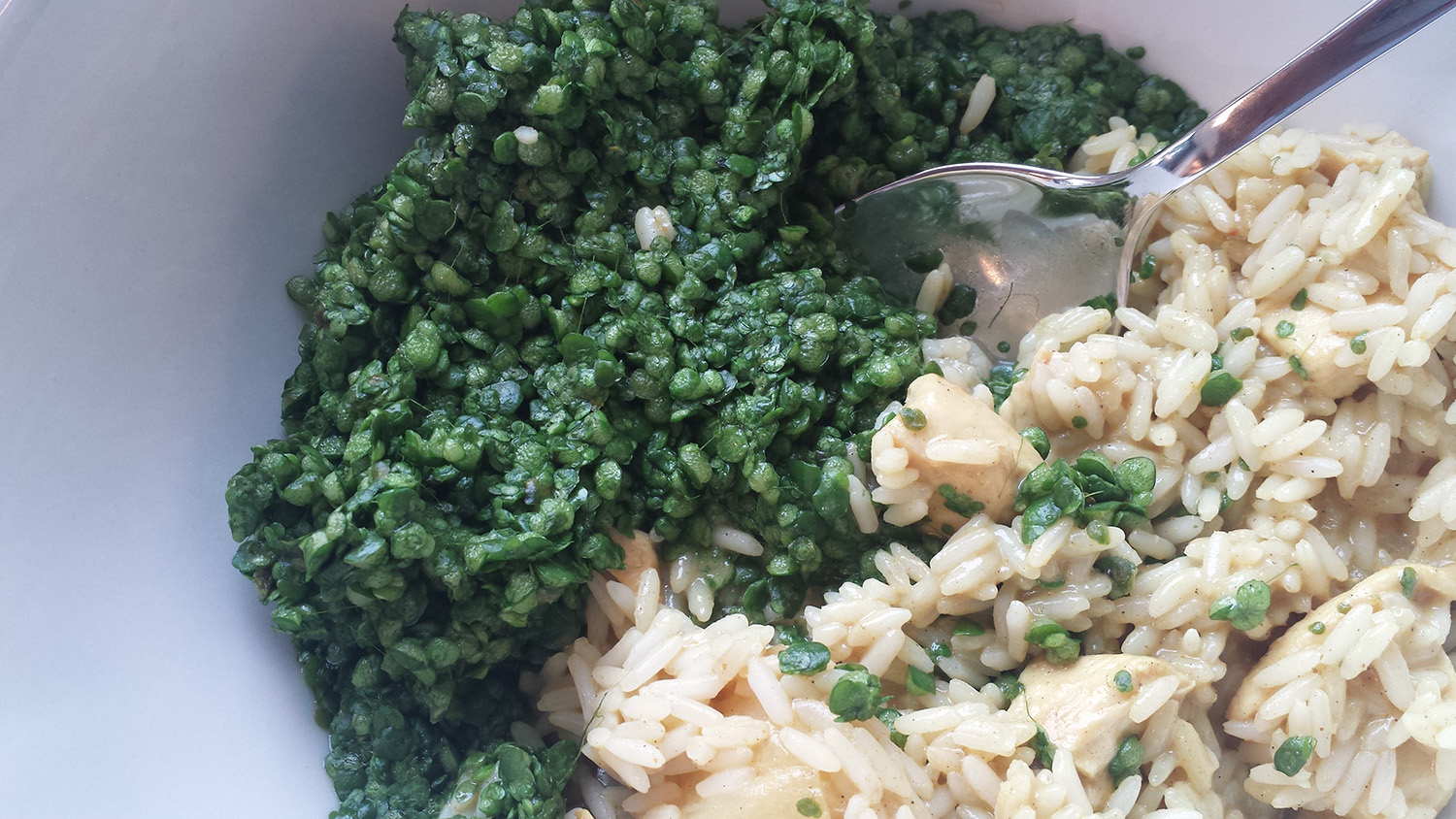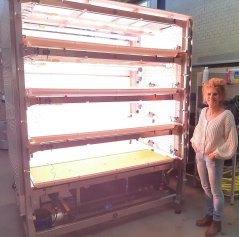Project
Water lentils as new, sustainable protein crop
The Protein Transition, in which we want to shift the ratio of animal/ plant-based proteins in our diet to 40/60, asks for new and sustainable plant protein sources. The plant-based food industry is dedicated to provide sustainable food alternatives with a high nutritional quality. Water lentils (also known as duckweed) can be one of these new, sustainable food alternatives.
Water lentils (duckweed)
Water lentils is one of the fasted growing plants on earth. It is propagated and multiplied by vegetative growth, has a nutritional composition alike many other vegetables, and is versatile in its application as food. Therefore, water lentils is seen as a new generation of plant protein sources with high potency for applications as vegetable, but also as protein source.
Novel Food
The Lemnaceae (water lentils) plant family consist of five genera and 36 species. A Novel Food application from WUR for two water lentil species is pending and is expected to be approved end of 2023. Two other water lentils species, already consumed in several East-Asian countries as vegetable, have recently been approved by the European Food Safety Authority as traditional food and are considered safe for human consumption in Europe when cultivated in a hygienic way. These approvals paves the way for water lentils to enter the food market as new plant (protein) source.


In our Topsector project we try to bring together companies from the complete chain, and focus our research on all aspects from sustainable, safe, hygienic production systems to fresh, frozen, ready-to-eat products and protein concentrates for an even wider range of applications, ready to sell via the retail.
Goals of the TKI Water lentils project
The first goal of the project is to develop sustainable, hygienic, safe water lentil production platforms with optimal use of the industrial flows from the surrounding area (CO2, heat, energy, water). These platforms can be different for the fresh and frozen market (vertical/indoor farming or highly controlled greenhouses) compared to the protein market (larger scale greenhouse production system). The effect of irradiation, photoperiod, fertiliser composition, CO2 level en temperature, and harvesting frequency is studied. Ecotype selection by phenotyping is also part of our goals as even within the Lemna gibba, L. minor and Wolffia globosa species a large variation in phenotype, performance and taste has been found among ‘ecotypes’.

The second goal is to bring all players in the chain, -from production to retail-, together in order to facilitate the interaction between all stakeholders, and set up the full chain to develop products and agree on quality criteria, HACCP guidelines, and getting familiar with the options and possibilities of this new product. The safely produced water lentils in the developed production facilities can be used by the food companies to do first testing of product use, or for protein extraction and testing of use of water lentils protein in food products.
The third goal is to perform life cycle analysis (on the optimised production platform), support business cases and market plans and collect and analyse reliable data on sustainability indicators in comparison with the current, comparable products. This will then be used to inform the consumer, together with consumer acceptance studies and taste analysis in order to explore the consumers attitude.
Watch the video's
- Unfortunately, your cookie settings do not allow videos to be displayed. - check your settings
- Unfortunately, your cookie settings do not allow videos to be displayed. - check your settings